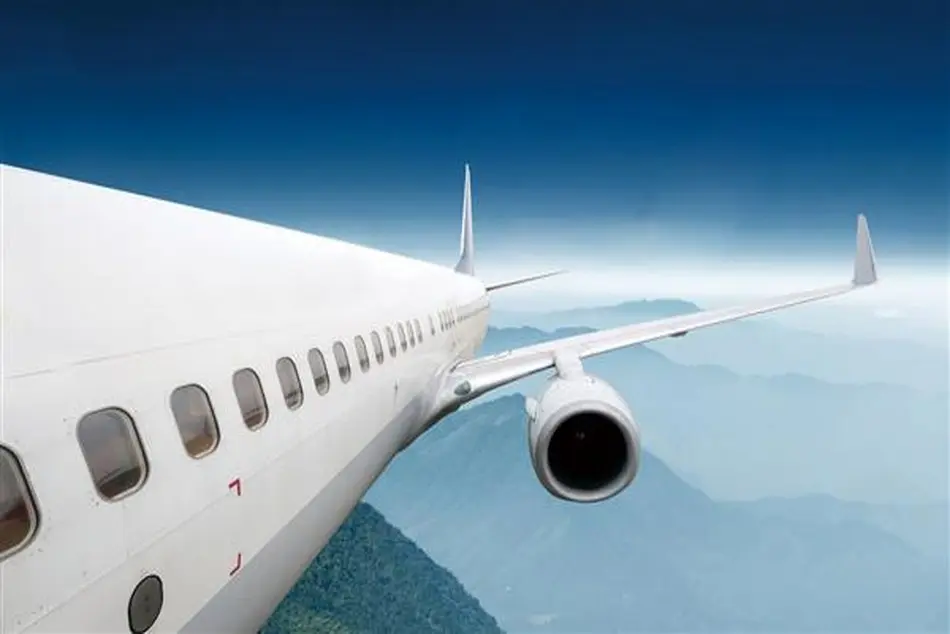Opinion: New Defense Review Could Alter UK Combat Aircraft Plans
If a primary function of professional air shows is to generate news and stimulate debate, then the pairing of the Royal International Air Tattoo (July 19-21) and the Farnborough International Airshow (July 22-26) in the UK certainly succeeded.

If a primary function of professional air shows is to generate news and stimulate debate, then the pairing of the Royal International Air Tattoo (July 19-21) and the Farnborough International Airshow (July 22-26) in the UK certainly succeeded.
The key talking point this year was the UK-led Global Combat Air Program (GCAP), the collaboration among the UK, Italy and Japan to develop a next-generation aircraft and associated systems. Underway since 2018, the GCAP (also referred to as the Tempest, the initial technology demonstration program), has a near-direct counterpart (and competitor) in the Franco-German-Spanish Future Combat Air System (FCAS/SCAF) program and appears to overlap in many capabilities and aspirations with the U.S. Next-Generation Air Dominance (NGAD) requirement.
The catalyst for much debate and discussion this year was the collision of the Tempest program with UK politics—specifically the challenges for the Labour government, in office since the July 4 election. Labour is conducting a comprehensive Strategic Defense Review (SDR) led by former Defense Secretary and NATO Secretary General George Robertson; Fiona Hill, a former member of the U.S. National Security Council; and British Army Gen. (ret.) Richard Barrons, former commander of the UK Joint Forces Command. This is the highest-caliber team tasked with a UK defense review in decades, but its timeline, to report “in the first half of 2025,” sits at odds with the demands of partners and participants for policy clarity from the new government.
In this respect, the comment by new UK Armed Forces Minister Luke Pollard that “it is not right for me to prejudge what might happen in the defense review” is correct, but it was taken by many observers as a lukewarm commitment to the Tempest program at best. Prime Minister Keir Starmer only partially corrected this impression a few days later, describing it as “an important program [for the UK]” that is making “significant progress.”
The Tempest program is clearly now caught up in the inevitable interservice rivalry and competition for budget that arises during all defense reviews. This is accentuated by a debate in the UK as well as more broadly across Europe over whether to spend current defense funds on next-generation programs or on rapid rearmement of weapons and spares stockpiles.
Realistically, the politicians’ apparently weak comments reflect inexperience—the government has been in power just a few weeks—rather than a view on the next-gen fighter. The program fits well into Labour’s focus on developing UK industrial capabilities and international partnerships, both key aspects of the review.
London’s deliberation comes as the Tempest and FCAS/SCAF programs appear to be diverging in time and design criteria. The Tempest program aims to fly a demonstrator in 2027 and have the fighter in service by the mid-2030s. The FCAS/SCAF demonstrator is perhaps 2-3 years behind, and the in-service date is likely around 2040, probably reflecting the nature of the program with a more ambitious initial combination of crewed and uncrewed systems.
Perhaps even more fundamentally, the FCAS/SCAF faces a hard requirement to operate off a French aircraft carrier. The naval requirement looks likely to cap the weight of the FCAS/SCAF well below the Tempest’s unconstrained land-based design.
Even this might overlook the hard politics: Japan’s need for a GCAP-type aircraft is strikingly similar to the UK’s requirement. Both air forces’ counter-air requirements are driven by the need to face a peer enemy over long ranges. This has led to near-common air vehicle configurations and an evolution of long-range missiles around the MBDA Meteor design.
In addition, neither country can feel confident about a Plan B. If the U.S. NGAD program were to be exportable (and all the indications are that it will not be), it increasingly appears to be morphing so as to trade classic air superiority performance for far longer ranges and an even higher reliance on uncrewed collaborative systems. But air bases in Japan are typically around 500-1,000 nm from their Chinese and Russian counterparts, compared to 2-3 times that for U.S. bases on the Second Island Chain—Japan’s Bonin Islands and Volcano Islands and the Mariana Islands.
A public slogan in Britain in the early 1940s exhorted people to remember that “careless talk costs lives.” By this standard, little harm has been done to the Tempest by the UK government’s comments at the recent air shows. But as the adage goes, “a week is a very long time in politics,” and a protracted defense review shows a lack of urgency when Europe as a whole is accelerating its own rearmament.